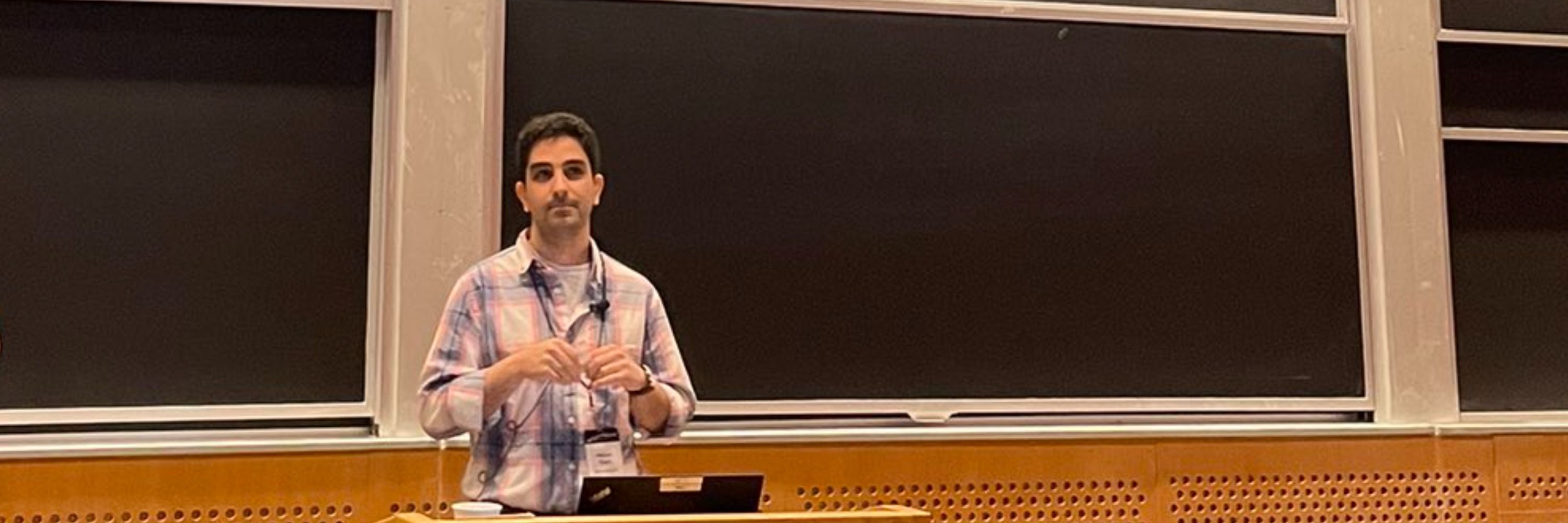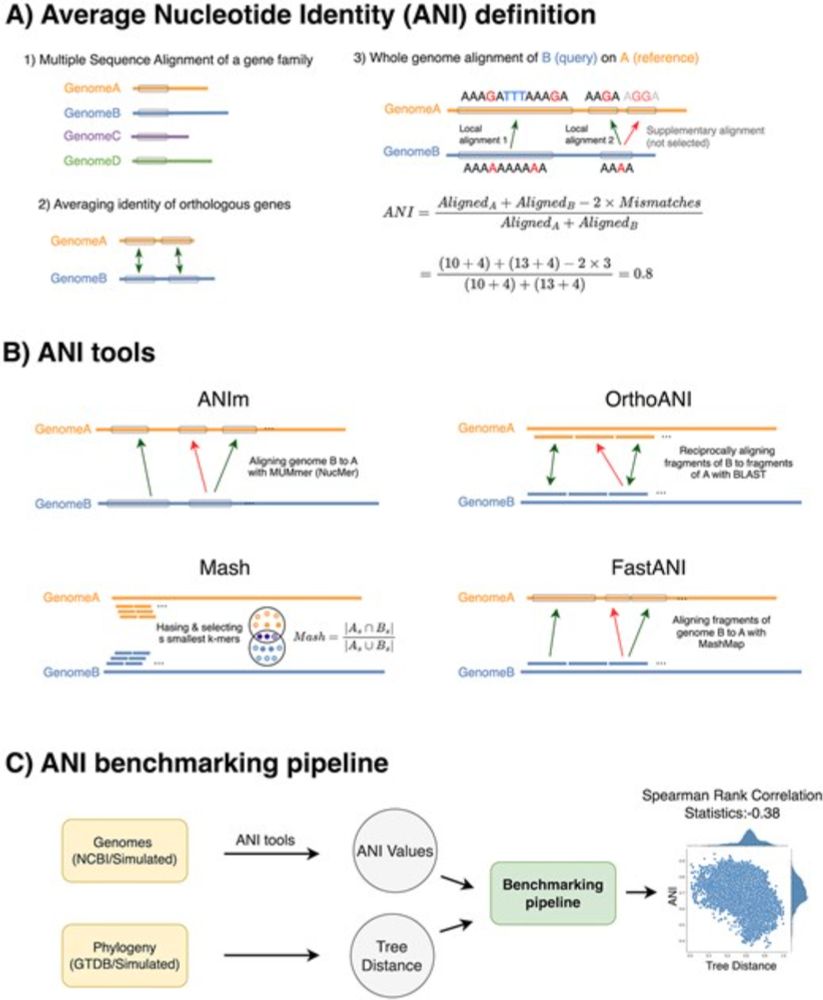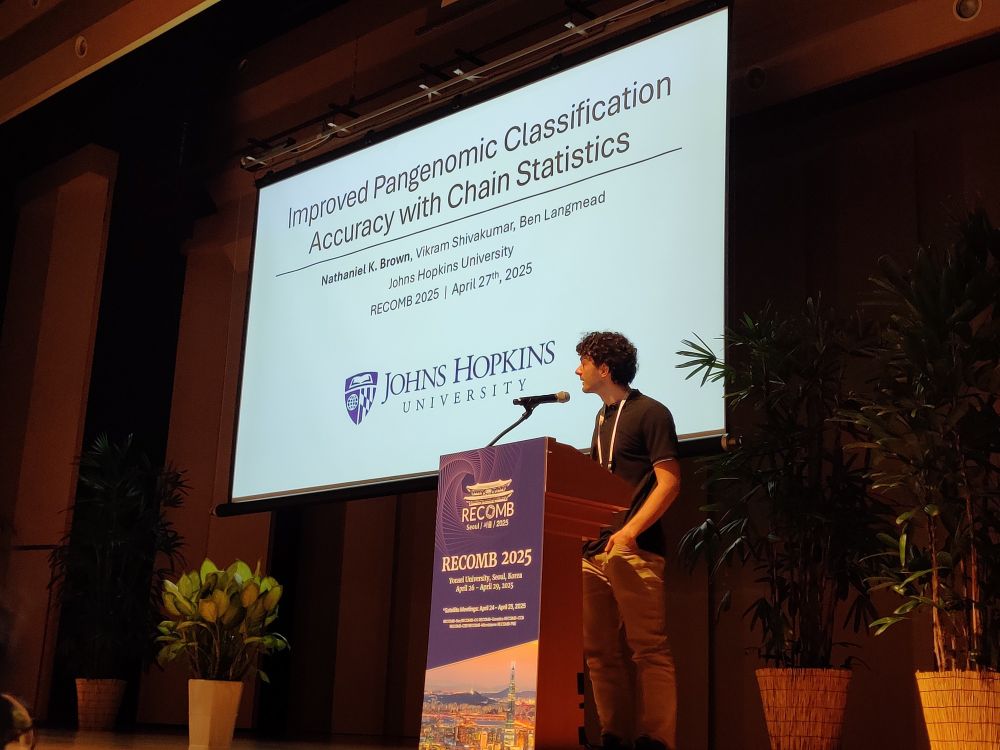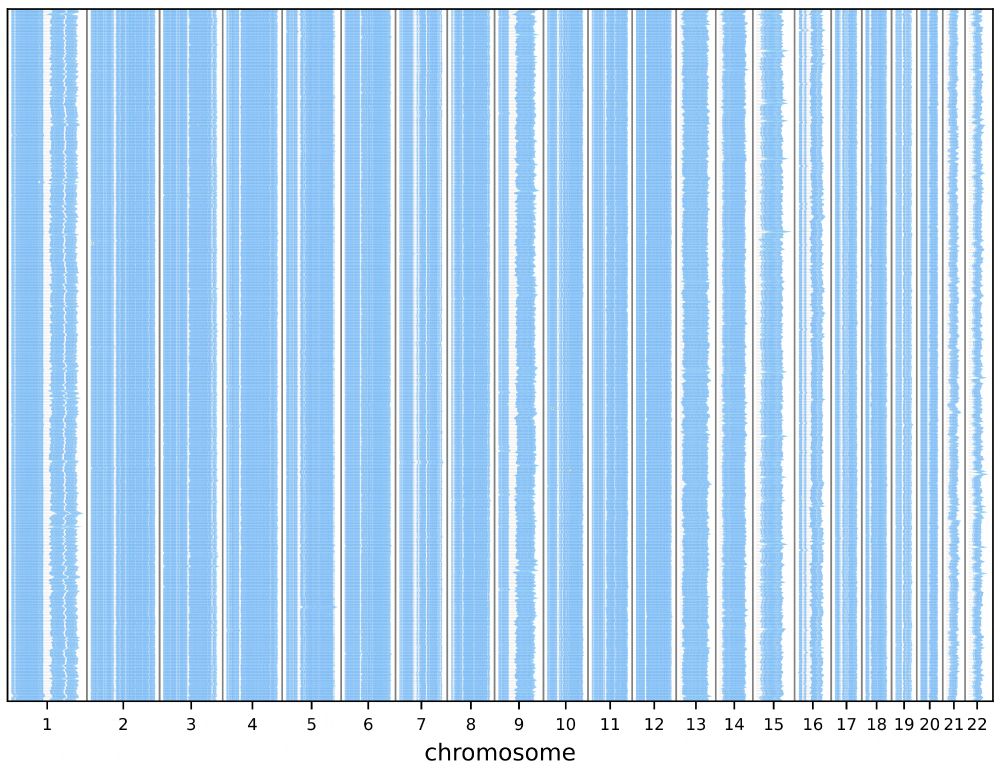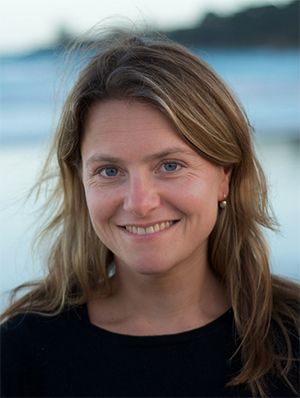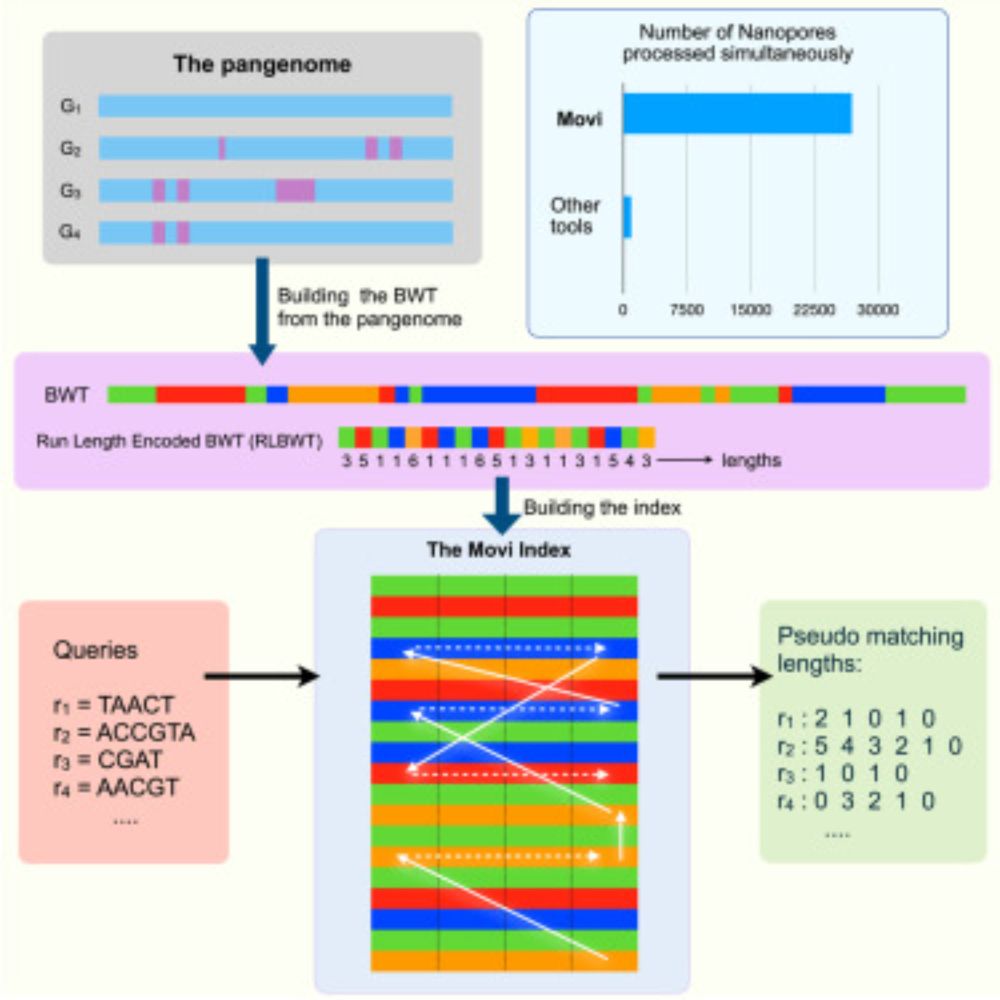Mohsen Zakeri
@mohsenzakeri.bsky.social
630 followers
130 following
15 posts
Postdoctoral Fellow at Johns Hopkins University, Computational Biology ❤️
www.mohsenzakeri.com
Posts
Media
Videos
Starter Packs
Reposted by Mohsen Zakeri
Reposted by Mohsen Zakeri
Reposted by Mohsen Zakeri
Reposted by Mohsen Zakeri
Reposted by Mohsen Zakeri
Reposted by Mohsen Zakeri
Mia Farrow
@miafarrow.bsky.social
· Jun 20
Reposted by Mohsen Zakeri
Kuan-Hao Chao
@kuanhaochao.bsky.social
· Jun 17
Reposted by Mohsen Zakeri
Mohsen Zakeri
@mohsenzakeri.bsky.social
· May 29
Reposted by Mohsen Zakeri
Reposted by Mohsen Zakeri
Reposted by Mohsen Zakeri
Reposted by Mohsen Zakeri
Reposted by Mohsen Zakeri
Reposted by Mohsen Zakeri
Reposted by Mohsen Zakeri
